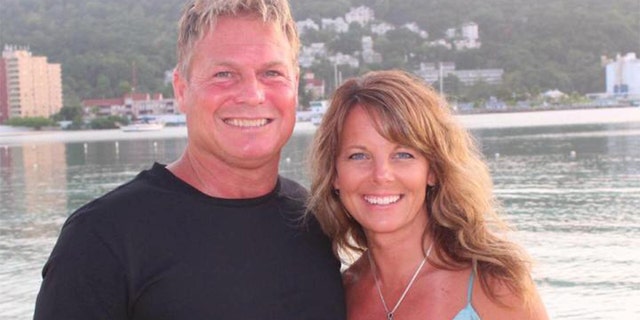Barry Morphew murder charge: How homicides are prosecuted without a body

Brother of Suzanne Morphew speaks out about his sister’s disappearance
Andy Moorman, brother of Suzanne Morphew who has been missing since Mother’s Day, spoke to Fox News about what he believes happened to his sister, and his hope to finally get closure about what had happened to her.
Suzanne Morphew’s husband, Barry, was taken into custody in Colorado on Wednesday, facing several charges including first-degree homicide, despite the fact that investigators have yet to find Suzanne Morphew’s body.
Chaffee County Sheriff John Spezze said on Wednesday that investigators do not believe Suzanne Morphew is alive and the search for her body is ongoing. Spezze does not expect at this time that his office will make any more arrests.
Barry Morphew was also charged with attempting to influence a public servant and tampering with physical evidence.
The arrest affidavit remains sealed, leaving a lot of questions about the case and the charges unanswered.
Even without a body, however, experts say the prosecution can build a strong case.
“Nowhere in the statute – nowhere in the crime of murder – is there a requirement that the prosecution produce a body,” Randy Zelin, head of the criminal practice at Wilk Auslander LLP and an adjunct professor of law at Cornell University, told Fox News. “It is certainly possible to meet the elements of the crime without a body.”
Julie Rendelman, a criminal justice attorney at the Law Offices of Julie Rendelman, told Fox News that “no-body” murder cases are more common than people think – and convictions are not unusual.
“The first thing the prosecutor must prove is that the victim is in fact dead and hasn’t simply run off,” Rendelman explained.
In the absence of direct evidence like a video or a confession, prosecutors rely on circumstantial evidence to connect the suspect to the victim’s death.
That evidence is likely to include computer searches, cell phone records and pings, interviews with other people about conversations that took place, and an analysis of financial transactions and motives, Zelin said. It will also potentially include items like whether there had been arguments, or whether the defendant had a girlfriend.
Both Zelin and Rendelman acknowledged that cases where the body has not been found are much more difficult for the prosecution, which needs to convince each juror beyond a reasonable doubt that the individual in question is dead.
“That’s almost built-in reasonable doubt,” Zelin said.
But depending on the quality of the evidence, circumstantial evidence can at times be more powerful than direct evidence, Rendelman added.
Zelin indicated that only strong cases of this type are brought to trial.
When asked about the strength of the case on Wednesday, 11th Judicial District Attorney Linda Stanley said she wouldn’t bring charges if she did not think she had a strong case and if she was not “confident.”
The investigation, which has been ongoing for nearly a year, involved more than 70 investigators who carried out more than 135 search warrants and conducted more than 400 interviews.
Barry Morphew is due in court on Thursday, where arguments relating to his bond will be heard.
He released a video last spring alleging he would do whatever was necessary to get his wife back safely shortly after his wife went missing on Mother’s Day, which Zelin noted is a pattern in high-profile murder cases as the husband attempts to position himself as the least likely suspect.
Suzanne Morphew was said to have left for a bike ride and to never have returned.
Suzanne and Barry Morphew have two children together.
Source: Read Full Article


